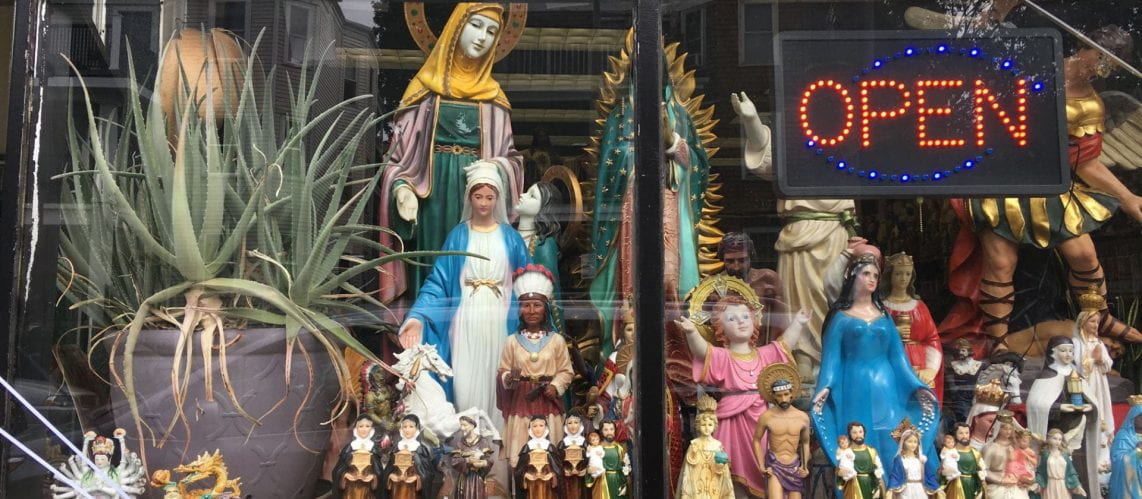This blog is a space to showcase teaching materials, resources, and reflections from educators and staff engaged with the Religious Literacy and Education Initiative at Harvard Divinity School.
The Religious Literacy and Education Initiative is one of the core elements of the Program in Religion and Public Life at HDS. We provide resources, training, and support for educators in all disciplines to teach all curriculum with greater religious literacy. What do we mean by this? We define religious literacy as the ability to identify and analyze intersections of religion and social, political, and cultural life through multiple perspectives. Rather than a fixed set of content and facts about religion, this approach emphasizes habits of mind and investigative strategies that students and teachers can use to explore those intersections in particular times and places. Religious literacy for us is a way of thinking about religion that lets us explore and make sense of the immensely complicated and powerful roles religions play in society. You can learn more about our method here.
This work at Harvard Divinity school stretches back decades and includes the prior Program in Religion and Secondary Education, and the Certificate in Religious Studies and Education in partnership with Harvard Extension School. Most recently, over the past three years the Religious Literacy and Education Initiative has worked with secondary school and community college educators in over 20 states to support the development of diverse and innovative teaching materials in the field of religious literacy. This blog is a space to showcase this powerful, teacher-driven work.
The educators with whom we work are truly the heart of this program, and while we develop resources, the most powerful teaching tools are those created by teachers within and for their own, particular contexts.
Drawing from the method from which this work is developed, content here will be tagged with an ongoing list of core categories. Some of these include:
- Distinctions between devotional and non-devotional teaching about religion.
- Internal diversity, change over time, and cultural embeddedness of religion.
- Power, Peace, and Conflict.
- Deep Story and Narrative.
- Religious tradition and regional context.
- Content will also be searchable by grade level and discipline.
While these materials were developed over several years, we believe much of it speaks to the powerful questions and invitations issued by the unfolding events of the spring of 2020, in which this blog is launching. For us, religious literacy has never been just about religion. It is a way into greater consciousness about the worldviews, structures, and narratives that shape how we and others understand the world, and how it may be re-imagined. We look forward to sharing this work with you.

